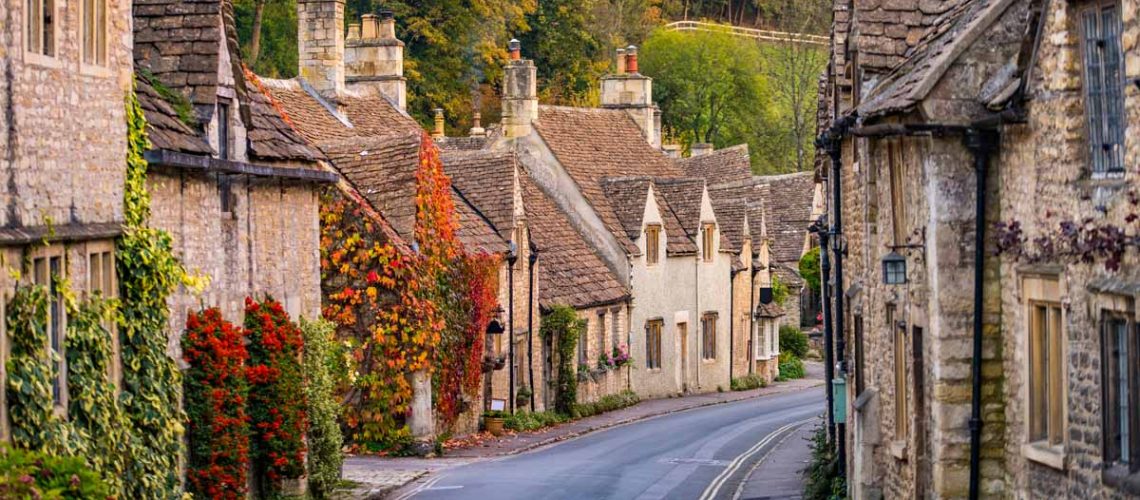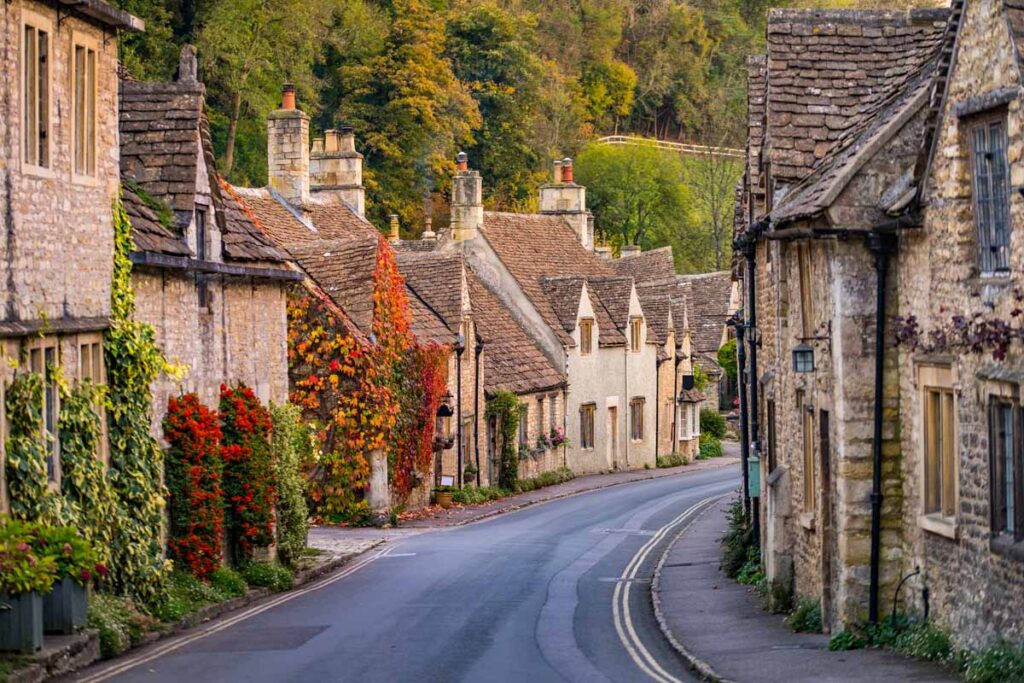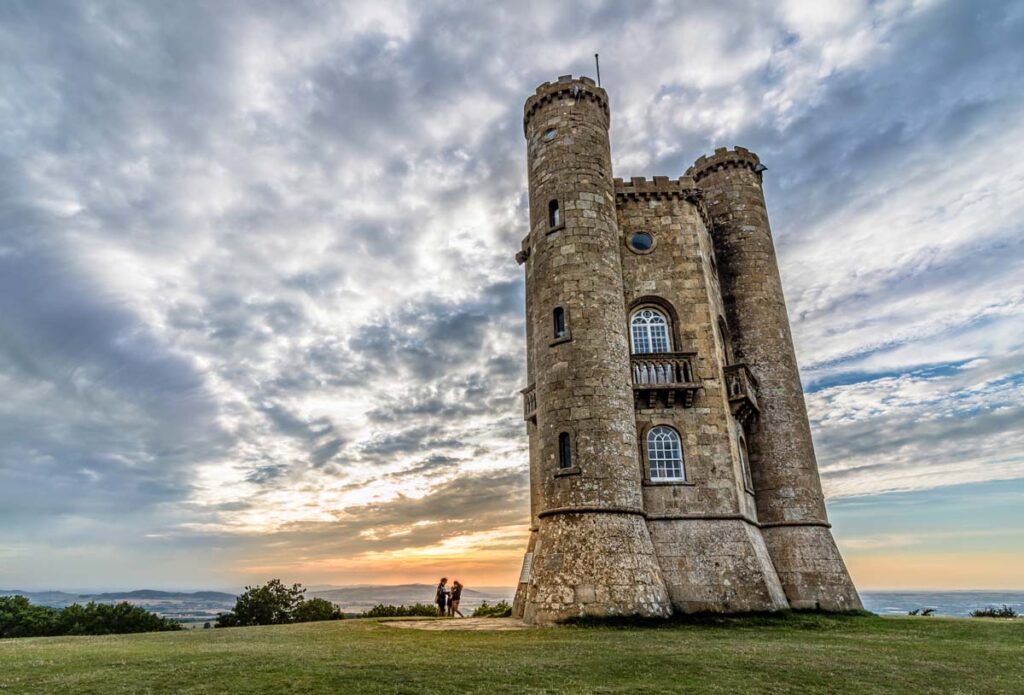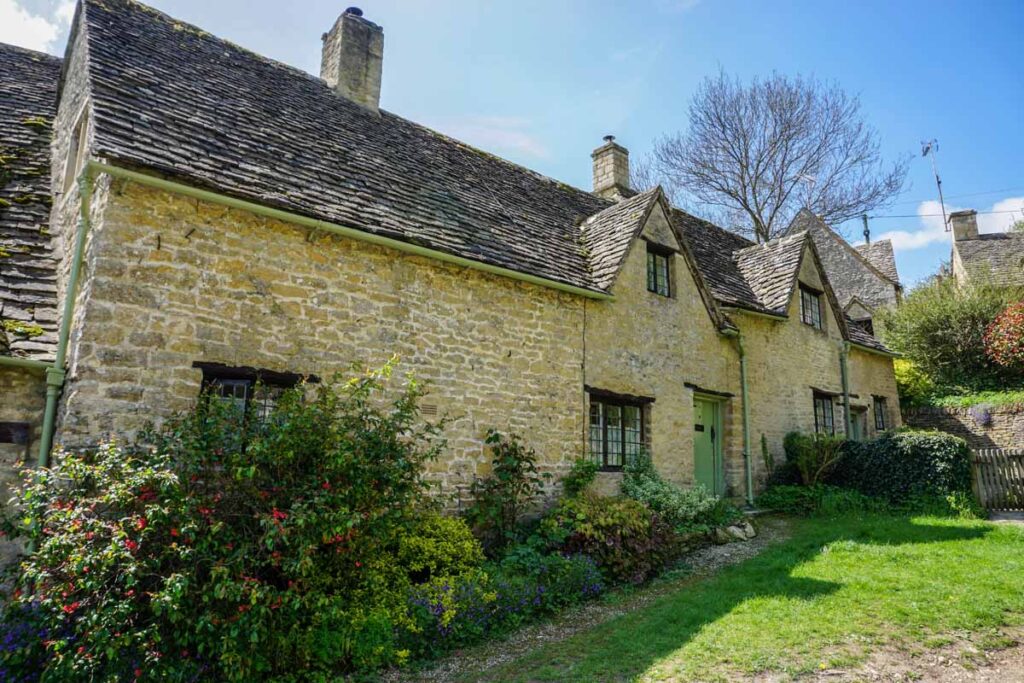


You may not realise how lucky you are to live in an area as picturesque as the Cotswolds. The charming villages and towns scattered across Gloucestershire, Oxfordshire, and parts of Wiltshire boast some of England’s finest examples of vernacular architecture. The honey-coloured limestone buildings with their steeply pitched roofs are iconic. Yet many historic structures are at risk due to lack of funding, improper renovations that compromise their character, or outright demolition. We take action to preserve these architectural gems for future generations.
The Cotswolds region is home to some of England’s finest examples of vernacular architecture. Vernacular architecture refers to traditional buildings constructed from local materials designed to meet local needs. In the Cotswolds, this meant building with the honey-coloured limestone that the area is known for.
Many cottages and farmhouses in the Cotswolds date back to the 17th and 18th centuries. They were built with local limestone, with roofs made of stone tiles called Stonesfield slates. These buildings are characterised by their symmetry, with central doorways and windows and ‘eyebrow’ dormer windows in the attic.
Some of the grandest buildings in the Cotswolds are the wool churches, built during the peak of the wool trade from the 15th to 17th centuries. These churches were constructed from limestone, with large windows, intricately carved stone tracery, and imposing spires that could be seen from afar.
Today, many Cotswolds buildings are protected as listed buildings, recognising their historical and architectural significance. Protecting these buildings is vital to preserving the character and beauty of the Cotswolds landscape. New developments are carefully regulated to maintain the traditional styles and building materials that make the Cotswolds distinctive.
The architecture of the Cotswolds tells the story of the region’s history and people. By protecting historic buildings, we ensure that this story can continue to be told for generations.
The Cotswolds are renowned for their characteristic honey-coloured limestone buildings featuring gabled roofs, mullioned windows and charming doorways. These historic structures showcase building styles and materials unique to the region.
The local oolitic limestone and stone slate have been used for construction since Roman times. Limestone is porous, weathering over time to create picturesque shades of gold and amber. Slate provides an ideal roofing material, durable and low-maintenance.
Many villages feature medieval churches, manor houses and cottages, some dating back to the 12th century. The wool boom of the 15th century led to the construction of grand churches and the redesign of older buildings in the latest Renaissance styles.

The 17th to 19th centuries saw the emergence of grander country houses. Elegant Georgian facades incorporated sash windows and columned porticos. Victorian Gothic Revival incorporated steep gables, turrets and ornate stonework.
Today, preserving this architectural heritage is a priority. Over 4,000 buildings are listed, protected by strict regulations on alterations. Conservation charities work to restore historic structures and promote traditional building methods.
The Cotswolds’ bucolic scenery is enhanced by its wealth of vernacular architecture, still largely intact. Their rich history and character will endure for generations by conserving these picturesque limestone buildings. Protecting our past is vital to maintaining the timeless beauty of the Cotswolds.
The Cotswolds region is home to many notable historic buildings and landmarks. Some of the most well-known include:

By protecting these historic buildings and landmarks, we preserve the architectural heritage that gives the Cotswolds its distinctive character. Strict regulations on development, restorations and repairs help maintain the charm of the region’s stone cottages, farmhouses and cottages, many of which date back 500 years or more. Promoting sustainable tourism and educating visitors about the region’s history and culture are other ways to safeguard these treasures for future generations. Our historic built environment tells the story of the Cotswolds, and with care and conservation, it will continue to inspire for centuries.
The historic architecture of the Cotswolds is an integral part of its charm and appeal. The honey-coloured limestone buildings dotting the rolling hills are a hallmark of the region. However, as time passes, these historic structures risk falling into disrepair or being demolished to make way for new development. Historic building conservation helps preserve cultural heritage and supports tourism, a significant industry in the Cotswolds.
Protecting historic architecture maintains the character of the Cotswolds for future generations. The local vernacular style featuring limestone, slate roofs, and arched windows defines the area. This signature style could be lost forever if historic buildings are not conserved. Listed buildings and conservation areas safeguard historic properties, preventing unsuitable alterations or demolition.
The historic architecture of the Cotswolds is an integral part of its charm and appeal. The honey-coloured limestone buildings dotting the rolling hills are a hallmark of the region.
However, as time passes, these historic structures risk falling into disrepair or being demolished to make way for new development. Historic building conservation helps preserve cultural heritage and supports tourism, a significant industry in the Cotswolds.

Protecting historic architecture maintains the character of the Cotswolds for future generations. The local vernacular style featuring limestone, slate roofs, and arched windows defines the area. This signature style could be lost forever if historic buildings are not conserved. Listed buildings and conservation areas safeguard historic properties, preventing unsuitable alterations or demolition.
Preserving historic buildings also supports the tourism industry. Visitors flock to the Cotswolds to experience its idyllic towns and villages, admiring the historic architecture. Tourism contributes over  £2 billion annually to the local economy, employing around 40,000 people. If the historic character of the Cotswolds fades away, it could negatively impact tourism and the communities that depend on it.
While protecting historic buildings can require more maintenance and upkeep, the benefits to cultural heritage, community, and the economy make conservation worth the investment. Landmark architecture is an integral part of the Cotswolds’ enduring charm and appeal. With support and funding, these stone treasures can be preserved for generations.
Protecting the historic architecture of the Cotswolds is vital to preserving its charming character. Several steps can be taken to safeguard these treasured buildings for future generations.
The first step is identifying buildings of historic significance and designating them as listed buildings. Local governments work to determine which structures showcase important architectural details or are associated with historic events. Once listed, these buildings cannot be demolished or altered without approval.
Owners of listed buildings may face extra costs to maintain or restore their properties. Local councils should provide incentives like tax relief, grants, and low-interest loans to support owners in preserving these landmarks. Such incentives encourage owners to see their listed buildings as assets rather than burdens.
Promoting heritage tourism is another way to underscore the importance of preservation. When visitors flock to the Cotswolds to experience its history and culture, especially its renowned stone buildings, it highlights why protecting them is crucial. Revenues from tourism also provide funds for restoration and upkeep.
Educating the public, especially younger generations, cultivates appreciation for historic architecture. Teaching local school children about the region’s building heritage, traditional craftsmanship, and stonemasonry skills raises awareness of why preservation matters. Community events and adult education courses on these topics also spread understanding.
Simply designating listed buildings is not enough. Local governments must continually monitor them and enforce regulations to prevent inappropriate alterations or neglect. Performing regular surveys helps identify any needed repairs or violations early on. Strict yet fair enforcement of rules deters owners and developers from making changes that compromise historic integrity.
Protecting the Cotswold’s architectural heritage requires proactively taking these collaborative steps to champion preservation. By working together, local governments and communities can safeguard these historic stone buildings that give the region a distinctive character.
So, next time you’re enjoying a trip to the Cotswolds, take a moment to appreciate the architectural wonders surrounding you. These stone buildings have stood for centuries, a testament to the history and culture of this beautiful region. By protecting and preserving these historic structures, we ensure that generations can experience that same sense of wonder and connection with the past. While progress certainly marches on, we must never forget where we came from. Our history lives and breathes within these walls, and we must ensure they still stand for another few hundred years.

Cast iron guttering and pipes are crucial in the restoration and conservation of period and listed buildings, playing a significant role in maintaining the architectural integrity of the Cotswolds region. Known for its picturesque villages and historical structures, the Cotswold’s architecture blends unique aesthetics and rich history, where traditional materials like cast iron are essential for preserving the area’s distinct character.
Tuscan Foundry has been involved in building conservation in the UK since 1893, with cast iron rainwater systems and specialising in providing bespoke castings, radius, and curved guttering tailored for building conservation, particularly in the Cotswolds. Our collaboration with local conservation organisations and architects ensures each project receives custom-made, high-quality cast iron components, meeting the rigorous historic preservation standards.
With a wide range of cast iron hopper heads and the capability to produce bespoke patterns and castings, Tuscan Foundry caters to the specific needs of each project. Our services are not only limited to providing materials but also extend to onsite guttering and drainage surveys and consultations, offering expert advice for complex projects.
Tuscan Foundry’s commitment to using authentic and durable materials helps ensure that the Cotswolds’ buildings retain their historical charm and stand resilient against time, continuing to be a living representation of the region’s architectural heritage.